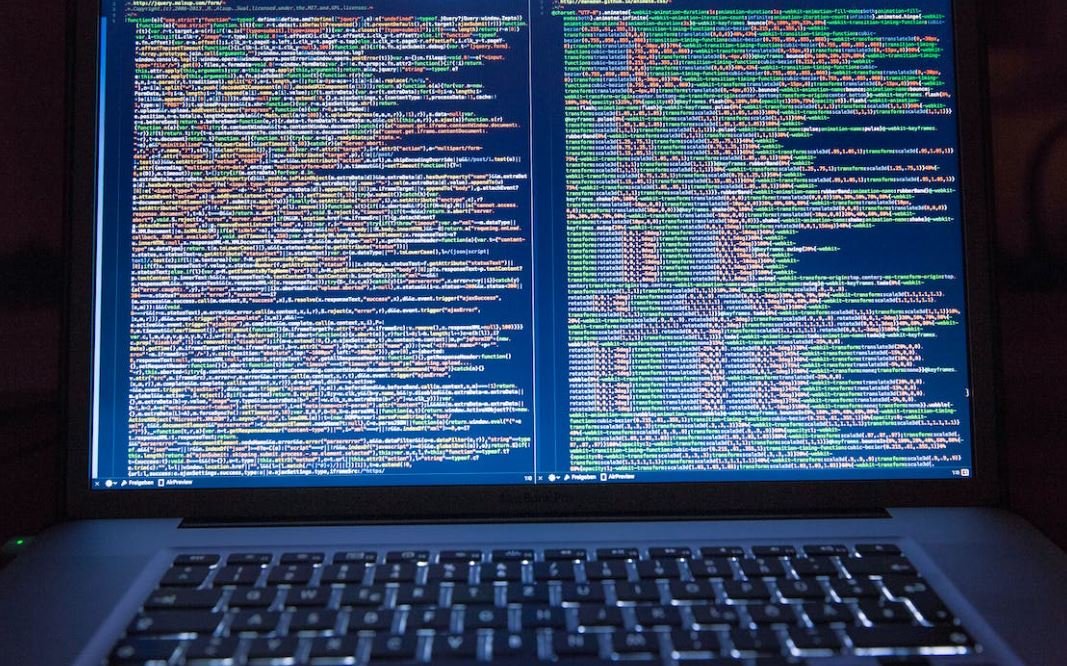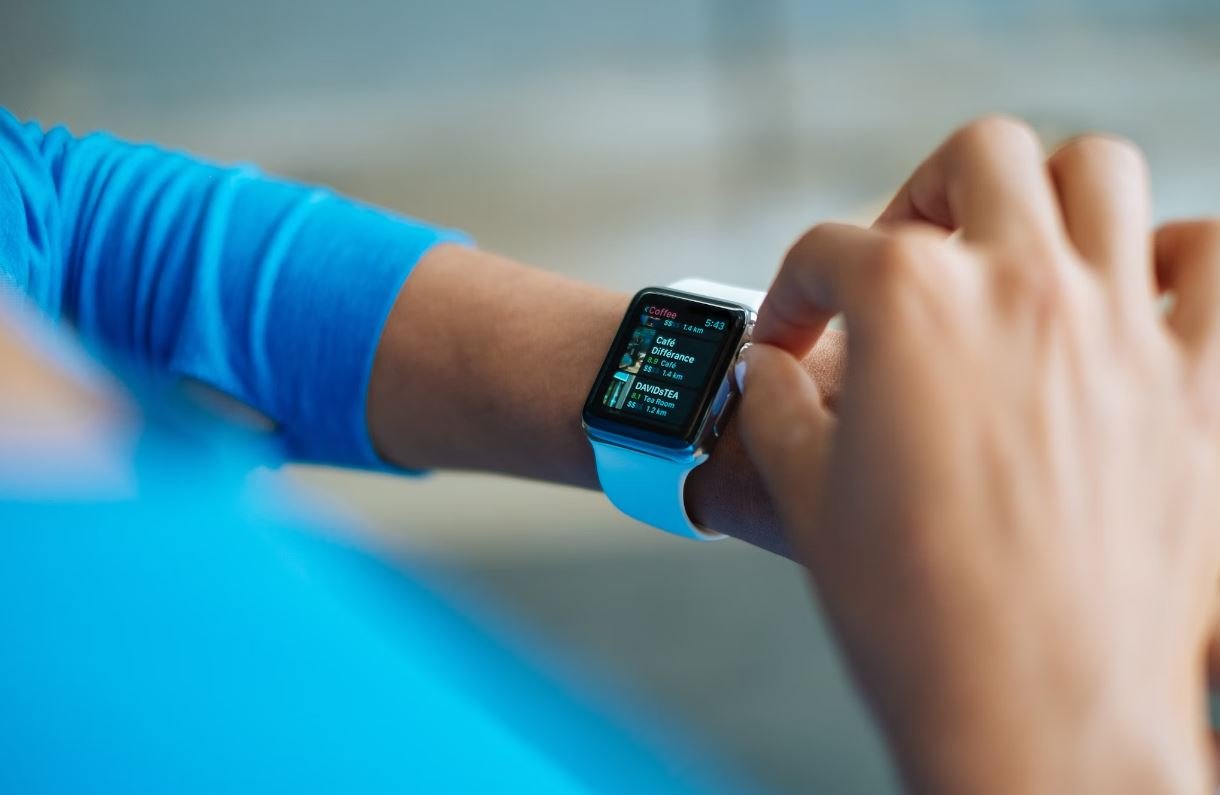Can Anyone Use Deepfake?
In recent years, the technology of deepfake has gained significant attention and raised concerns over its potential misuse. Deepfake refers to the use of artificial intelligence (AI) to create manipulated videos or images that appear strikingly realistic, often featuring people who never actually participated in the recorded events. Initially, deepfake technology was restricted to experts in the field, but with advancements in AI and the widespread availability of tools, it has become more accessible to the general public. This raises questions about the ethical implications and potential risks of deepfake technology in the wrong hands.
Key Takeaways
- Deepfake technology has become increasingly accessible to the general public.
- Manipulated videos and images created with deepfake technology can be extremely realistic.
- Deepfakes have raised concerns about misinformation, privacy, and consent.
- Educating the public about deepfakes and developing detection tools are crucial in combating their misuse.
**Deepfake technology** relies on powerful machine learning algorithms to analyze and manipulate existing footage or images. It then replaces or superimposes features from one person onto another. This technique can be used for harmless entertainment purposes, such as face-swapping in movies, but it also has the potential for misuse. Deepfakes can be weaponized to deceive and manipulate people, spread propaganda, and engage in identity theft.
*The ability of deepfake technology to convincingly alter videos and images poses a significant challenge for determining authenticity in the digital age.*
Accessibility of Deepfake Tools
Initially, developing deepfake content required advanced technical skills and specialized software. However, as AI technology has progressed, several user-friendly applications and open-source tools allowing anyone to create deepfakes have been released. These tools can be downloaded and used by individuals with minimal technical knowledge, potentially amplifying the misuse of deepfake technology.
1. Open-source tools like **DeepFaceLab** and **Faceswap** have gained popularity for their ease of use and accessibility.
2. Deepfake apps available on smartphones, such as **Zao** and **Reface**, have made it even simpler for users to create and share manipulated videos.
3. Online platforms like **Deep Art** and **This Person Does Not Exist** offer AI-generated images that appear to depict real people, although they are entirely synthetic.
Ethical Implications and Risks
The rise of deepfake technology has raised significant concerns regarding ethical implications and potential risks. These include:
- Misinformation: Deepfakes can be used to spread false information or manipulate public opinion.
- Privacy: Deepfake technology can infringe upon an individual’s privacy by creating realistic videos or images without their consent.
- Consent: Deepfakes can deceive viewers by making people appear to say or do things they never actually did, compromising their autonomy and creating potential harm.
- Reputation damage: Deepfake videos can damage an individual’s reputation or be used to create fake evidence.
*Detecting deepfakes is an ongoing challenge, as the technology advances and becomes more difficult to distinguish from genuine content.*
Combating Deepfakes
Given the potential risks associated with deepfakes, efforts are being made to develop solutions to combat their misuse and raise awareness among the public. Some approaches include:
1. Education: Providing resources and information to help individuals identify and critically evaluate deepfake content.
2. Technological advancements: Developing better detection algorithms and forensic tools to identify deepfakes.
3. Regulation: Implementing legal frameworks and policies to address the misuse of deepfake technology.
**Table 1:** Examples of high-profile deepfake incidents:
| Date | Incidents |
|---|---|
| 2019 | Deepfake videos used to create fake pornographic content featuring celebrities. |
| 2020 | Deepfake images wrongly used to depict politicians engaging in illegal activities. |
| 2021 | Deepfake audio used to impersonate business executives and carry out social engineering attacks. |
*These incidents highlight the potential risks and consequences associated with the misuse of deepfake technology.*
**Table 2:** Steps to detect and combat deepfakes:
| Step | Description |
|---|---|
| 1 | Look for inconsistencies in facial features, odd movements, or unnatural blurring around edges. |
| 2 | Verify the source of the content by cross-referencing with official accounts or trusted sources. |
| 3 | Use advanced AI-based detection tools specifically developed to identify deepfake content. |
**Table 3:** Deepfake usage statistics:
| Year | Number of Deepfake Creations |
|---|---|
| 2017 | 2,000 |
| 2018 | 8,000 |
| 2019 | 75,000 |
| 2020 | 470,000 |
*These statistics demonstrate the exponential growth in the creation of deepfake content over the past few years.*
As deepfake technology becomes more accessible and convincing, it is important to be aware of the potential risks and implications associated with its misuse. The development of detection tools and educating the public about deepfakes will play a crucial role in mitigating the negative impact of this technology. By staying informed and vigilant, we can contribute to minimizing the harmful effects of deepfake misuse.

Common Misconceptions
Deepfake
Deepfake technology is often misunderstood, leading to various misconceptions. Let’s address some of the most common misconceptions people have about deepfakes:
- Deepfake videos can only be produced by professionals.
- Deepfakes are always created for malicious purposes.
- Deepfake detection is foolproof.
Who Can Use Deepfake?
Contrary to popular belief, anyone can use deepfake technology to create convincing videos. It is not restricted to professionals or experts. Though initially complex, with the increasing availability of user-friendly deepfake tools, even individuals with limited technical knowledge can manipulate videos. This misconception arises due to the belief that deepfakes require advanced skills or expensive software.
- Deepfake creation is accessible to all skill levels.
- Deepfake tools are becoming increasingly user-friendly.
- Basic knowledge of technology is sufficient to use deepfake software.
Purpose of Deepfakes
Another common misconception is that all deepfakes are created for harmful and malicious purposes. While there have been instances where deepfakes have been used to deceive and manipulate people, this technology can also be employed for legitimate purposes such as entertainment, education, and artistic expression. It is essential to acknowledge the diverse applications of deepfakes rather than assuming malicious intent by default.
- Deepfakes can be used for harmless entertainment.
- Deepfakes have educational potential in certain fields.
- Artists use deepfakes for creative expression.
Detection of Deepfakes
There is a misconception that deepfake detection technology is foolproof and can easily identify manipulated videos. However, the reality is that as deepfake algorithms improve and become more sophisticated, detecting deepfakes becomes increasingly challenging. Even advanced detection methods can struggle to differentiate between genuine and fake content. This misconception can lead to a false sense of security, making it important to remain vigilant and utilize evolving detection techniques.
- Advanced deepfake detection methods struggle with accuracy.
- Deepfake technology advancement makes detection more challenging.
- Detection technology is continuously evolving to keep up with deepfake advancements.

The Rise of Deepfake Technology
Deepfake technology has rapidly gained popularity in recent years, allowing users to create realistic yet fictional content by combining artificial intelligence with media manipulation. This article explores the widespread accessibility of deepfake technology and highlights its potential applications. The following tables present various insights and statistics related to the topic.
The Influence of Deepfake Videos on Social Media
The spread of deepfake videos has had a significant impact on social media platforms. These tables showcase the consequences and prevalence of deepfake content.
The Reach of Deepfake Videos on Different Platforms
Deepfake videos are not limited to specific platforms. They can be found across various online platforms, affecting different industries and user demographics, as demonstrated below:
Deepfake Usage by Different Industries
Deepfake technology has found applications in numerous industries, ranging from entertainment to politics. The tables below provide information on how various sectors utilize this technology:
Deepfake Detection Techniques
While deepfake technology presents challenges in terms of misinformation, several techniques have been developed to detect and combat this issue. The tables below outline the methods employed to identify deepfakes:
Public Perception of Deepfake Technology
Public opinion regarding deepfake technology is diverse and often influenced by various factors such as age, gender, and education level. The tables below illustrate the different perspectives held by individuals:
Deepfake Regulation and Legislation
As the ethical implications of deepfake technology are becoming increasingly apparent, governments and organizations are introducing regulations and legislation to address the potential risks associated with this technology. The tables below present data related to deepfake regulation:
The Impact of Deepfake Technology on Elections
Deepfake videos have the potential to undermine the authenticity and integrity of political campaigns and elections. The following tables provide insights into the impact of deepfake technology on electoral processes:
Deepfake Alternatives: Digital Watermarking
As a countermeasure to deepfake videos, digital watermarking techniques are being developed to ensure the authenticity and copyright protection of digital media. The tables below outline the usage and benefits of digital watermarking:
The Future of Deepfake Technology
Deepfake technology continues to advance and pose novel challenges. The following tables provide information on the future trends and predictions regarding deepfake technology:
Concluding Remarks
Deepfake technology holds immense potential, but it also poses significant risks and challenges. As this article has demonstrated, its impact extends across various industries and sectors. With the rise of deepfake technology, it becomes imperative to prioritize measures to detect, regulate, and responsibly use this technology to mitigate the potential harm it may cause. By staying informed and utilizing appropriate strategies, we can navigate the evolving landscape of deepfake technology and minimize its negative impacts.
Frequently Asked Questions
Can Anyone Use Deepfake?
How does deepfake technology work?
Are deepfakes legal?
Can deepfakes be used for malicious purposes?
How can deepfakes be detected?
Can deepfake technology be used for positive purposes?
Are there any regulations or laws regarding deepfake usage?
Can deepfake videos be used as evidence in court cases?
Can deepfakes be used to bypass biometric authentication?
Is there ongoing research to combat deepfake technology?
How can individuals protect themselves from deepfake attacks?




